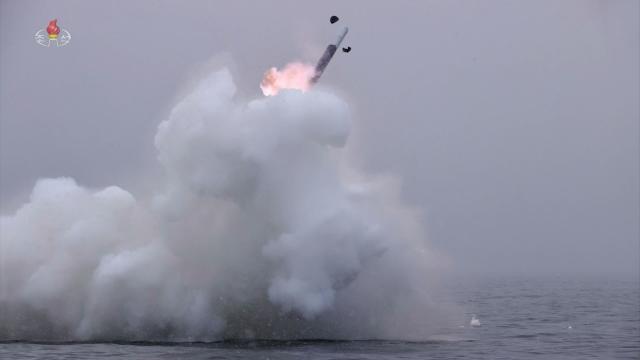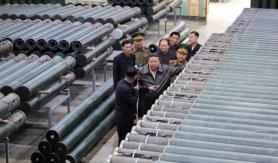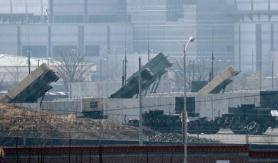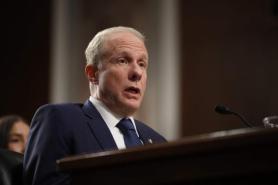
SEOUL -- North Korean Kim Jong-un has personally inspected the test fire of a submarine-launched strategic cruise missile called "Pulhwasal-3-31." Pyongyang has previously fired the cruise missile with a codename meaning "fire arrow" in Korean, into the West Sea, also known as the Yellow Sea, on January 24.
On January 25, North Korea's state news agency the Korea Central News Agency (KCNA) reported that Pyongyang's Missile Administration conducted the first test fire of the new cruise missiles. The first test launch was an extension of North Korea's recent military activities including the firing of a solid propellant hypersonic ballistic missile that took place on January 14. An "intermediate-range solid-fuel ballistic missile" (IRBM) is a new type of intermediate-range missile that covers distances from 1,000 to 5,000 kilometers (3,106 miles).
After the first test launch of the cruise missile, Pyongyang's state media made clear that "the test fire had no impact on the security of neighboring countries and has nothing to do with the regional situation." Through its recent test launches of other projectiles, North Korea repeatedly sent out messages that its launch drills are not aimed at escalating military tension between the two Koreas, taking a step back from its stern stance towards the United States, South Korea, and their allies.
According to Rodong Sinmun, the official newspaper of the North Korean Workers' Party, Kim attended the test launch of the fire arrow cruise missile which took place on January 28. Declaring the Pulhwasal-3-31 as a submarine-launched cruise missile (SLCM), Rodong Sinmun reported that the newly developed cruise missiles flew to the East Sea for 7,421 seconds and 7,445 seconds to hit an island target.
However, the North Korean Workers' Party state media did not disclose where the test fire took place. North Korea stressed again that the test-fire had no impact on the security of Pyongyang's neighboring country and had nothing to do with the regional situation.
Copyright ⓒ Aju Press All rights reserved.




